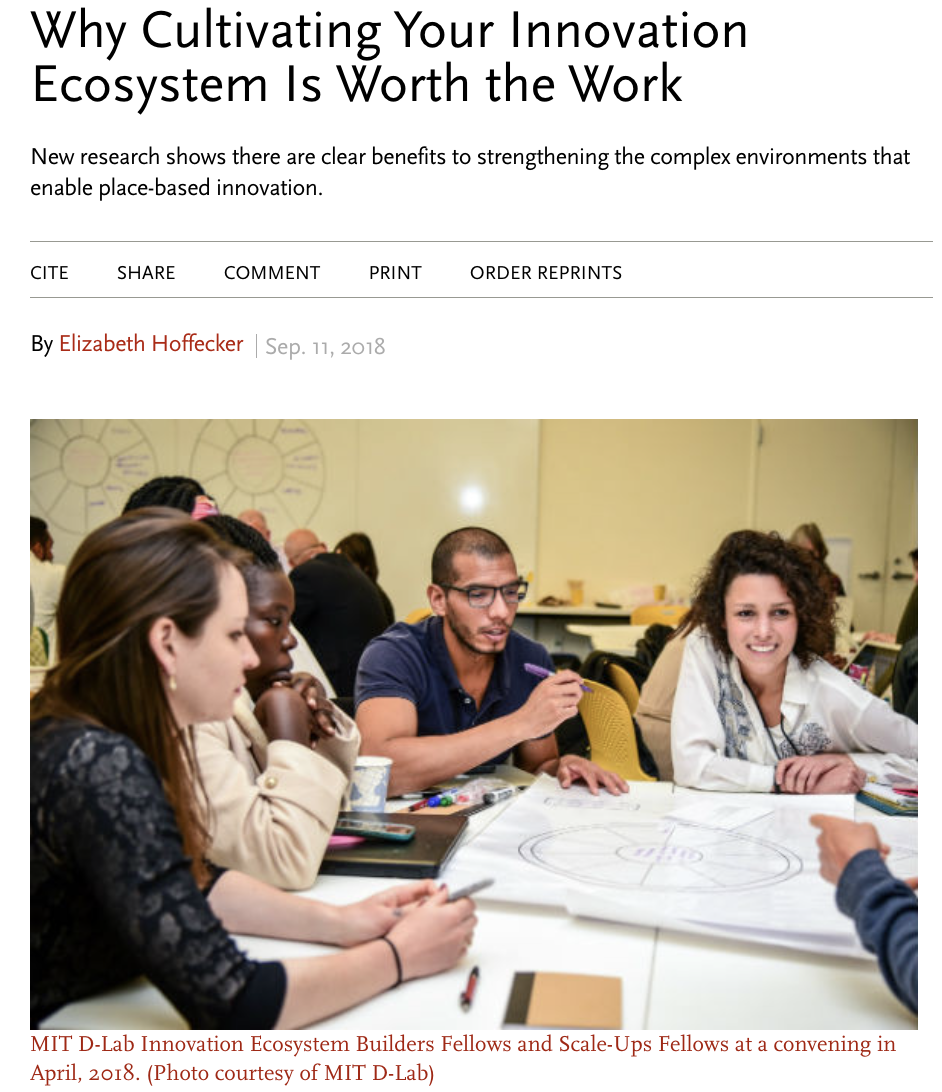Summary based on the article by Elizabeth Hoffecker. Though published in 2018, it is still valid as of today.
Over the past decade, “ecosystem” frameworks for innovation and entrepreneurship have gained mainstream acceptance in economic development, emphasizing the complex environments where innovators operate. These frameworks liken the innovation landscape to a biological ecosystem, highlighting the interplay of various actors, elements, and conditions that either support or hinder innovation. Recognizing their significance, numerous initiatives aim to strengthen these ecosystems at various levels, from city-specific maps to global snapshots. Despite this, the concept of local innovation ecosystems remains unclear, with overlapping yet distinct ideas like entrepreneurial ecosystems creating confusion. This ambiguity poses challenges for practitioners, particularly in regions outside established innovation hubs, making it hard to demonstrate the value of ecosystem-strengthening efforts and fostering collaboration. However, research by MIT D-Lab indicates that well-developed local innovation ecosystems provide consistent benefits, including shared assets, infrastructure, resources, favorable conditions, and enhanced capacities. Success stories, such as an initiative in the Philippines addressing an agricultural crisis, showcase how improved relationships and collaborative efforts can yield significant results. Effective strategies for engaging collaborators include identifying shared goals, starting with motivated individuals, building from small wins, creating safe learning spaces, and publicly celebrating progress. These strategies help create conducive environments for both local and adapted innovations, enabling ambitious regional achievements.


